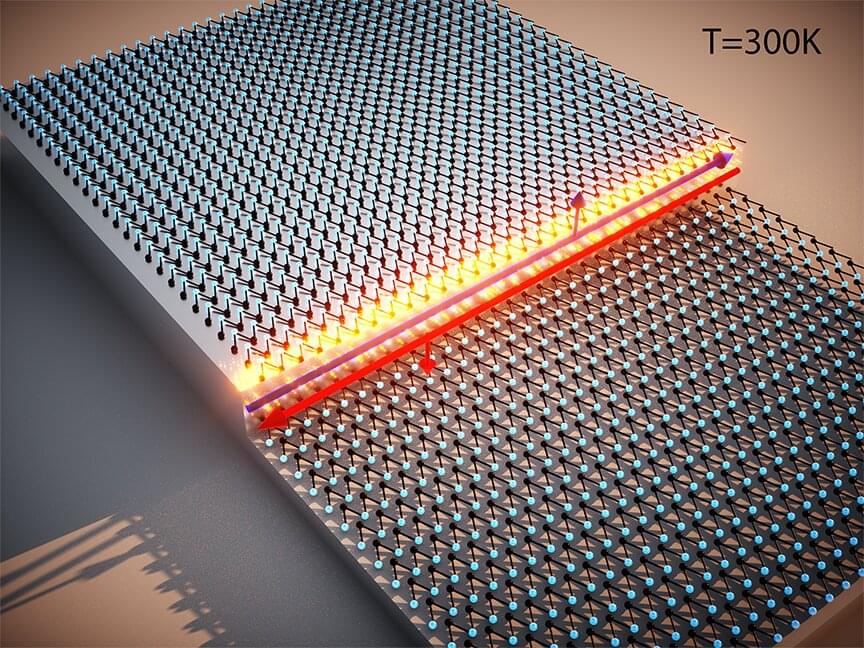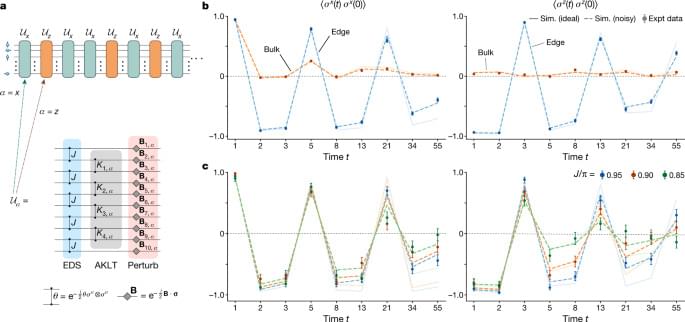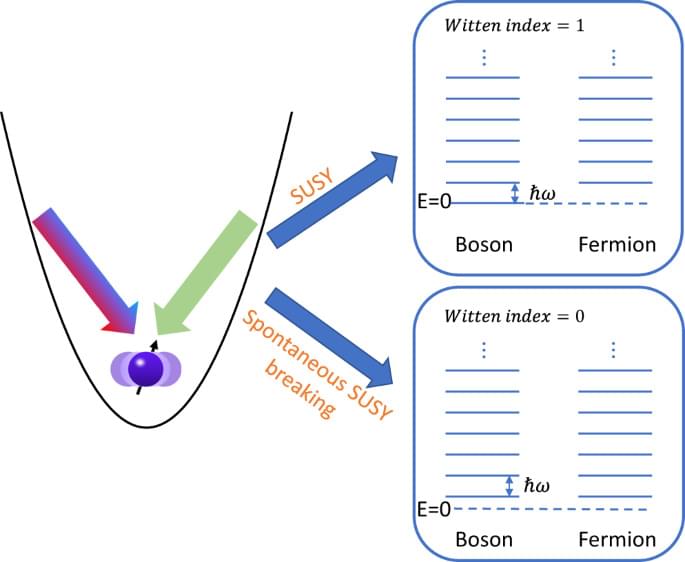Improved fabrication methods for qubits made from erbium-doped silicon waveguides give these qubits the key prerequisites for becoming a contender for future quantum computers.
From superconducting circuits to single atoms, there are many quantum-bit—or “qubit”—systems to choose from when building a quantum computer. New to the game are qubits made from individual erbium atoms implanted in silicon waveguides. Each of these qubits can be controlled and measured with telecom-wavelength light, making the platform practical to implement. But the platform has unfavorable properties that have put that implementation on hold. Now Andreas Reiserer of the Max Planck Institute of Quantum Optics in Germany and his colleagues have improved the qubit’s fabrication and detection methods, such that it is viable for near-future use in quantum computing technologies [1]. The results suggest that erbium-doped silicon waveguides could make more promising qubits than previously thought.
One problem with previous erbium-doped silicon waveguides came from the uneven clustering of erbium atoms around impurities in the waveguide. This clustering meant that the erbium atoms had different transition frequencies, making it difficult to simultaneously address multiple atoms and to perform basic operations between them—a necessary component of quantum information processing.









